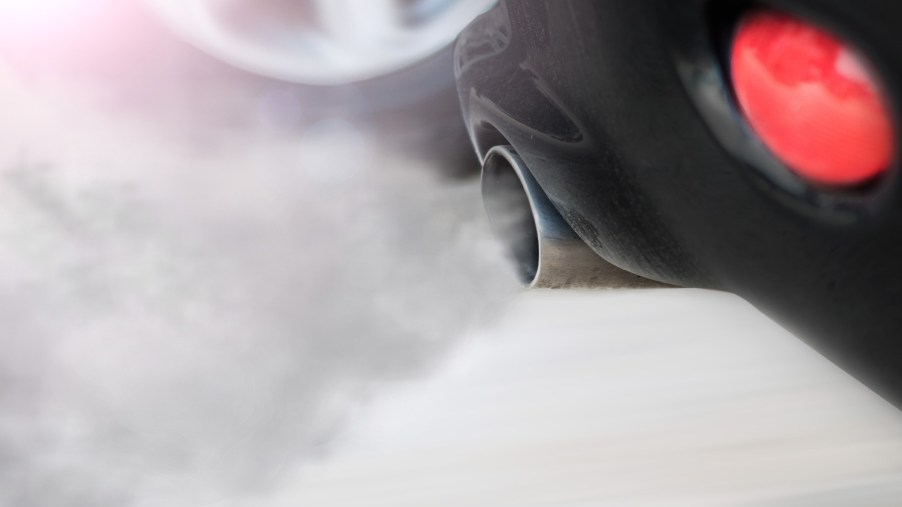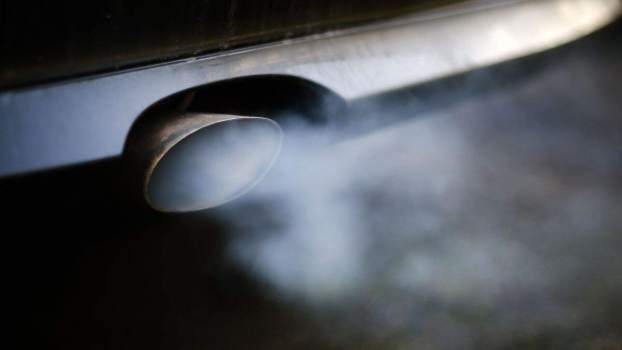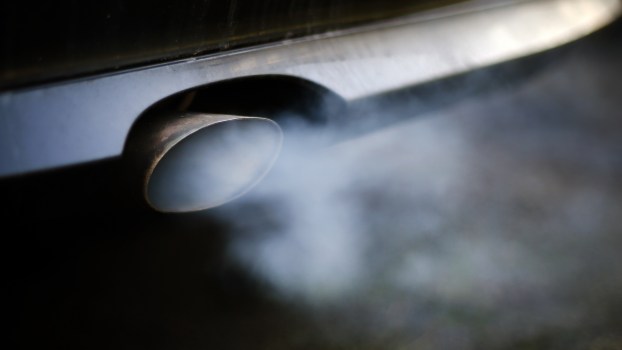
What Does Gray Smoke From a Car’s Exhaust System Mean?
Some enthusiasts enjoy performing maintenance on their vehicles, but no one likes seeing smoke coming from the tailpipe. Car exhaust varies in color — from black to gray, blue, and white — depending on its cause. Here’s what causes gray exhaust smoke.
Where do exhaust fumes come from?
First, you should know that exhaust smoke typically isn’t smoke but fumes. Fumes from your car’s tailpipe come from the engine’s internal combustion process. As the engine burns fuel, the leftover gasses pass through the exhaust system. The following are four main parts of a car’s exhaust system:
- Exhaust manifold
- Catalytic converter
- Muffler
- Tailpipe(s), aka exhaust pipe(s)
The exhaust manifold attaches to the engine to catch the spent gasses as they exit the combustion chamber. Various styles of exhaust manifolds range from restrictive cast-iron types to free-flowing tube-style headers.
Fumes flow from the exhaust manifold through the exhaust pipe to a catalytic converter. The inside of the catalytic converter contains various specially selected metals that react with some of the poisons within the exhaust gasses, reducing the toxicity by up to 90%.
The car’s muffler attaches to the catalytic converter directly or through another set of exhaust piping. Mufflers contain a series of baffles and tubes designed to absorb engine noise and reduce the decibel level. Depending on the application, mufflers balance the compromise between noise reduction and engine performance.
The tailpipe routes the remaining exhaust fumes from the muffler away from the vehicle’s underside. It’s the part people see and is often adorned with cosmetic exhaust pipe tips made from stainless steel or chrome.
Why is gray exhaust smoke puffing from my car’s tailpipe?

Gray exhaust fumes are often challenging to diagnose. For example, the grayish color could be pale black or bluish-tinted white smoke.
Gray exhaust with a bluish tint results from burning engine oil in the combustion chamber. Burning oil often results from worn engine components such as piston rings or valve guide seals and usually requires a visit to the mechanic for repairs.
However, pale black-gray exhaust sometimes results from a fuel-rich condition. Often, a clogged or dirty air filter or a faulty sensor is to blame. Replacing air filters and sensors is an excellent place to start if you attempt to correct a gray exhaust condition yourself.
On the other hand, white-gray fumes could indicate engine coolant in the combustion chamber. A leaking cylinder head gasket is often to blame, but sometimes it means a cracked head or engine block. Rislone recommends employing a head gasket repair treatment at the first sign of white-gray fumes to seal the leak before further damage occurs.
What do other exhaust colors indicate?
Pinpointing the source of an exhaust color is difficult, especially if the tint is light. However, keeping the main smoke colors in mind helps narrow down the possible causes. Auto Express provides the following guidelines:
- White emissions come from water vapor. That comes from burning engine coolant in the combustion chamber or steam from condensation inside the exhaust system.
- Blue smoke means burning engine oil. Automotive oil can enter the combustion chamber through worn valve seals, piston rings, and turbochargers.
- Black exhaust typically indicates a rich fuel/air mixture caused by a clogged air filter or bad fuel injectors.
Ultimately, if your car is emitting fumes or smoke, it needs attention. Whether you try a DIY solution or take it to a trusted mechanic is up to you, but never ignore the symptoms of vehicle problems. If caught early enough, some conditions result in simple, inexpensive repairs.






